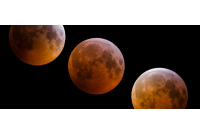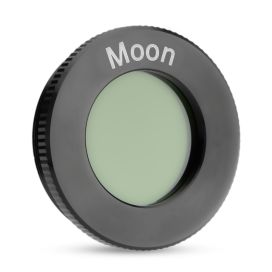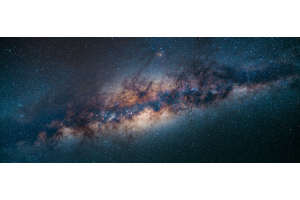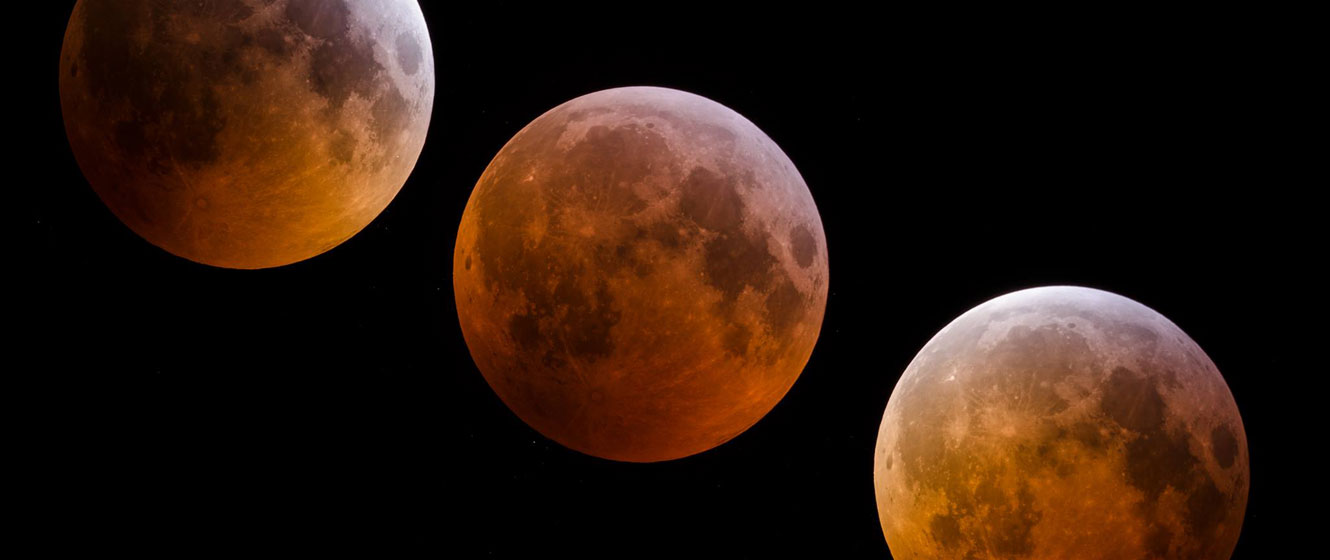
On November 8th, 2022, the United States was treated to a total lunar eclipse that was the last lunar eclipse visible until the year 2025. If you’ve never seen a total lunar eclipse, it can be an absolute spectacle! However, there are many misconceptions about what a lunar eclipse is.
Will the Moon actually turn red? Can I look at the Moon during the eclipse? For an experienced astronomer, the answer to these questions may seem obvious. But for a complete beginner to the hobby, these misunderstandings can set the wrong expectations. Let’s go over some basic facts about the lunar eclipse and clear up some common misconceptions.
How Does A Lunar Eclipse Work?
A lunar eclipse occurs when the Sun, Earth, and Moon align so that the Moon passes into Earth’s shadow. In a total lunar eclipse, the entire Moon falls within the darkest part of Earth’s shadow, called the umbra. When the Moon is within the umbra, it will turn a reddish hue. Lunar eclipses are sometimes called “Blood Moons” because of this phenomenon. You may think that a lunar eclipse should occur every month when the Moon is full, however, because the Moon’s orbit is inclined 5 degrees from the ecliptic (or the path the planets take around the Sun), a lunar eclipse will only happen at most twice in a calendar year. During the eclipse, the Moon will take on an orange-red appearance as a result of the scattering of blue in a process known as “Rayleigh scattering” - named after 19th-century British physicist Lord Rayleigh who first noted the phenomenon.
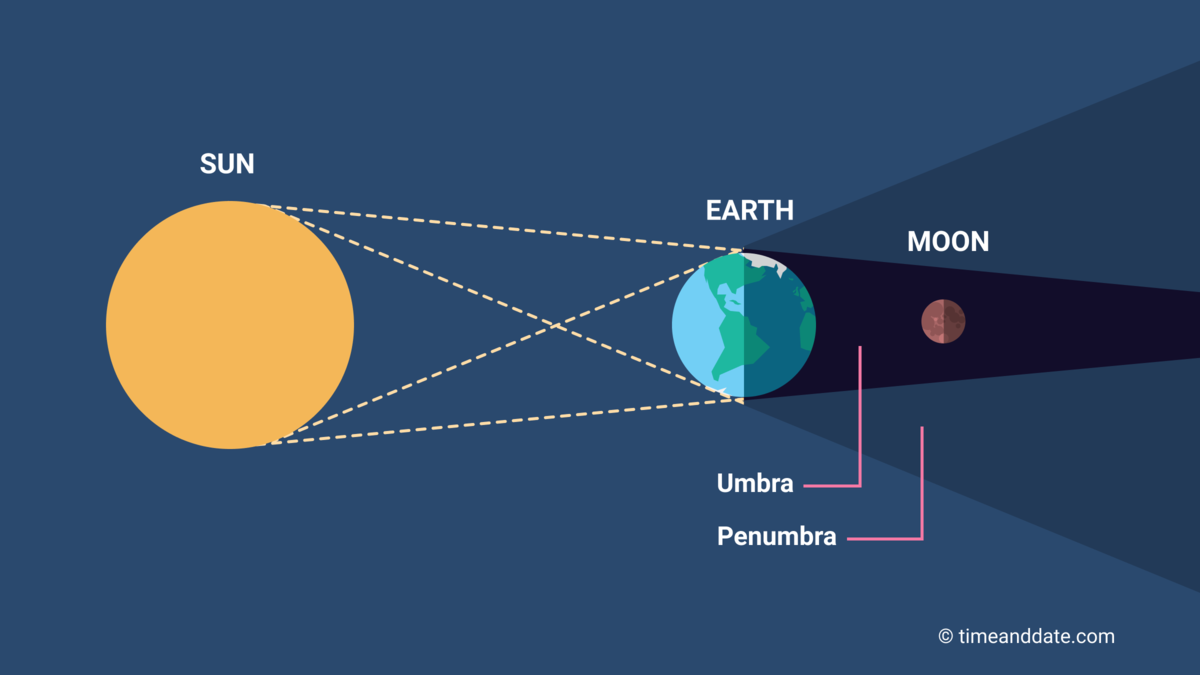
Image Source: TimeAndDate.com
Misconception #1: The “Blood” Moon
You might hear a lunar eclipse referred to as a “blood” moon. Sounds scary, doesn’t it? Well, as it turns out, the Moon doesn’t really turn red in the sky. Usually, the Moon will appear more orange or brownish. The pictures of a deep-red moon you might see online are usually ones that have been digitally altered in some way. Like the “Super Moon,” the term “Blood Moon” didn’t actually relate to anything astronomical until the media made the term popular in 2013. The depth of the color during an eclipse really depends on whatever pollutants are in the atmosphere at the time. These pollutants can block or even discolor the light, causing the Moon to appear darker. In fact, from space, the Moon will completely disappear due to the lack of the aforementioned Rayleigh scattering.
Misconception #2: Lunar Eclipses are Harmful
This might seem silly to some, but many get a lunar and solar eclipse confused. A solar eclipse can be dangerous to look at. The light from the Sun, right up until the moment of totality, can be harmful to look at. However, looking at the Moon in the middle of the night is always safe, eclipsed, or uneclipsed. The light from the Moon is significantly dimmer than the light from the Sun. However, observing the Moon through a large telescope it can be a little uncomfortable for your eyes after an extended period of time. In that case, we recommend a Moon filter like our Apertura 1.25” Moon Filter. But otherwise, if you’re going outside to observe the lunar eclipse, you’re safe to leave your solar eclipse glasses behind, unless you’re looking to make a unique fashion statement.
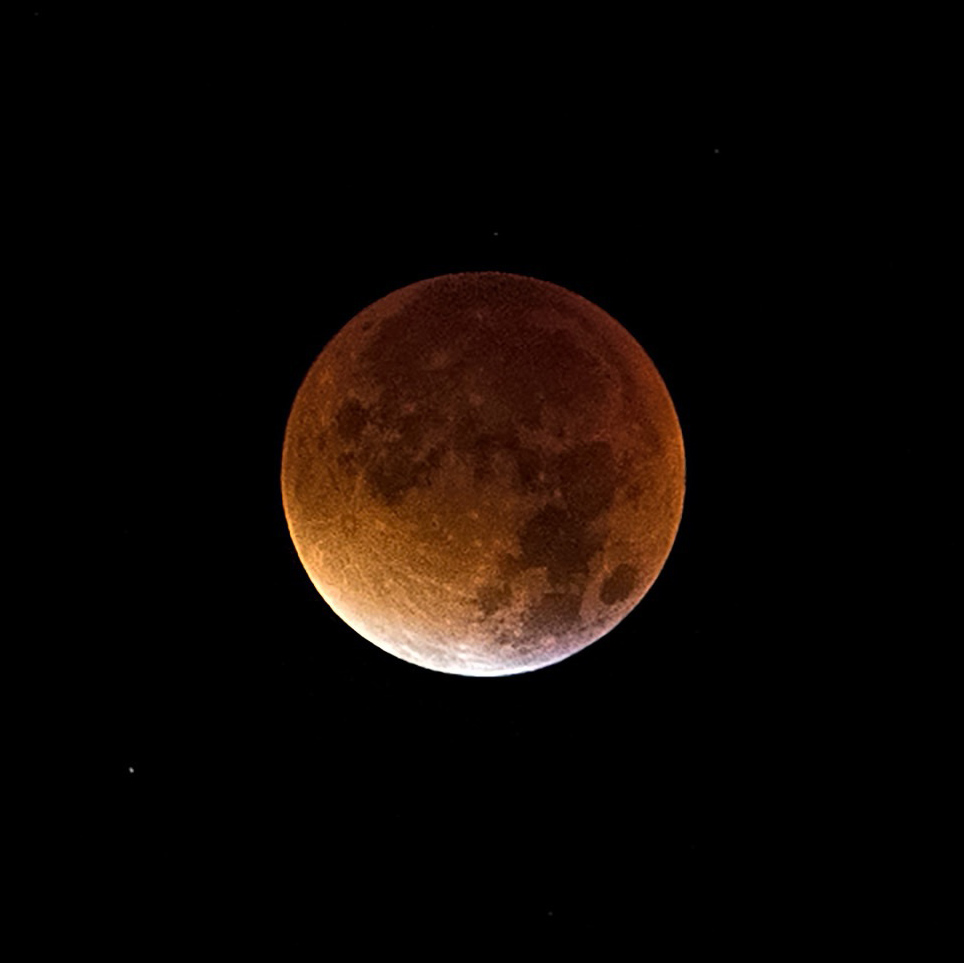
Misconception #3: Lunar Eclipses are Rare
Lunar eclipses don’t happen every single month, but they’re not exactly rare either. In fact, eclipses tend to come in seasons (known as an eclipse cycle). Eclipses may happen when the Earth and the Moon are aligned perfectly with the Sun. This alignment usually happens twice a year. In 2022, eclipse season occurred in May, followed five months later in November. However, the Moon doesn’t always dip completely behind the Earth’s shadow during eclipse cycles. Often, there may only be a partial or penumbral eclipse. Because of this, there may be a time when one could get 3-4 eclipses in a span of two years, followed by a two-year gap. The November 8, 2022, lunar eclipse will be the last total lunar eclipse visible over the world until the year 2025. However, there was a total lunar eclipse in May 2022 and May 2021 before this.
Misconception #4: Lunar Eclipses are Hard to Photograph
This one is sort of true. Lunar eclipses are hard to photograph if you have the wrong equipment. If you were to simply point your smartphone at the sky, all you might capture is a disappointing orange smudge in your image. To properly capture a lunar eclipse, better equipment is needed. We strongly recommend using a DSLR for the total lunar eclipse for the best possible photos. A telescope or a camera lens with a focal length of 400-800mm is ideal for photographing the eclipse. However, you may also get away with attaching your smartphone to your telescope as well. We recommend using the Celestron NexYZ Universal 3-Axis Smartphone Adapter to securely adapt your camera to your telescope eyepiece. Your smartphone’s camera should automatically adjust the shutter speed to get good photos of the Moon during the partial phase of the eclipse.
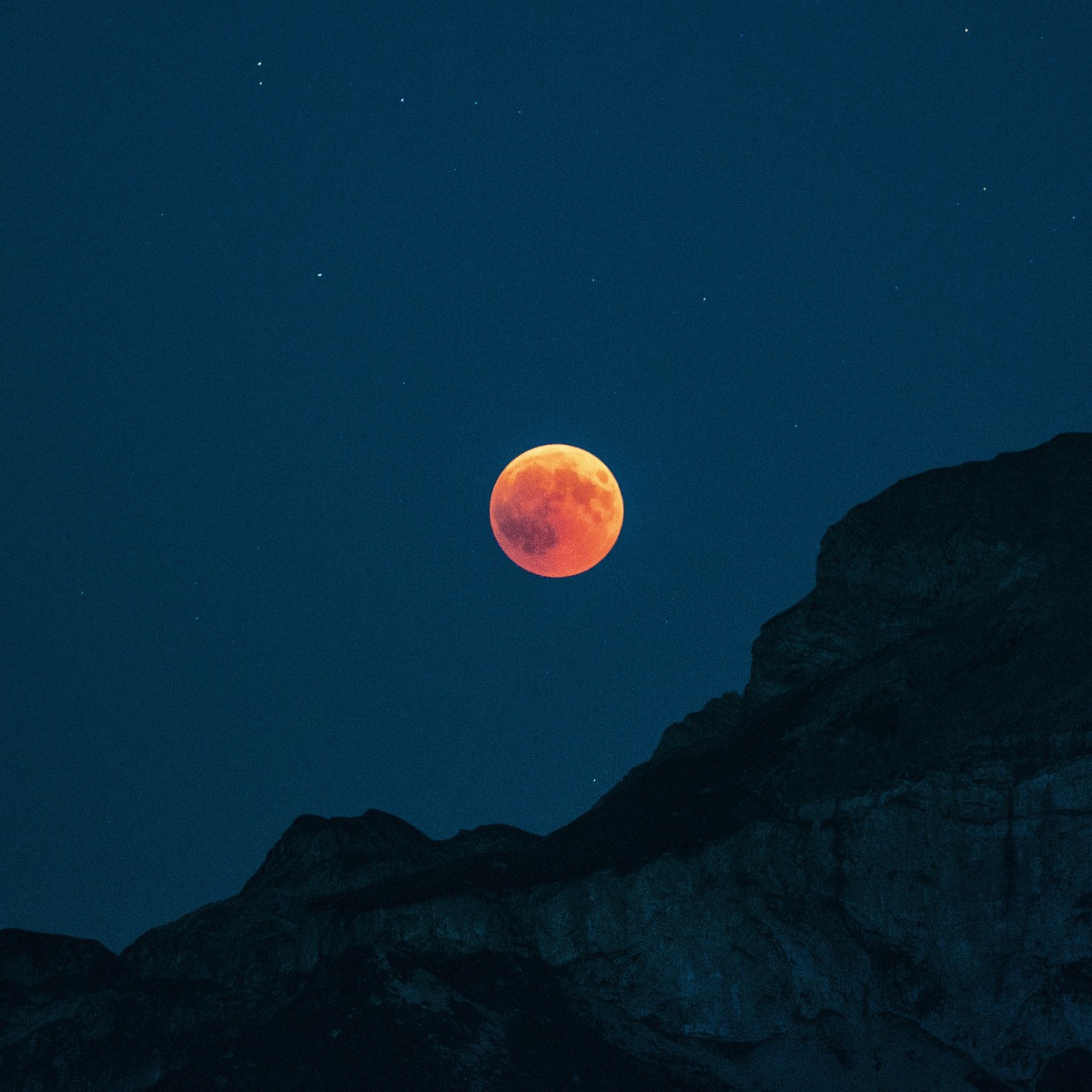
There’s a lot of misinformation about lunar eclipses, it can be hard to differentiate fact from fiction. We hope you now have a better understanding of what to expect the next time you observe an eclipse! Did you know about these common lunar eclipse misconceptions? Which one surprised you the most?

Learn More
Interested in learning more about nebulae, galaxies, planets, and more? Not sure where to begin? Check out our Astronomy Hub!
This Article was Last Updated on 07/18/2023

